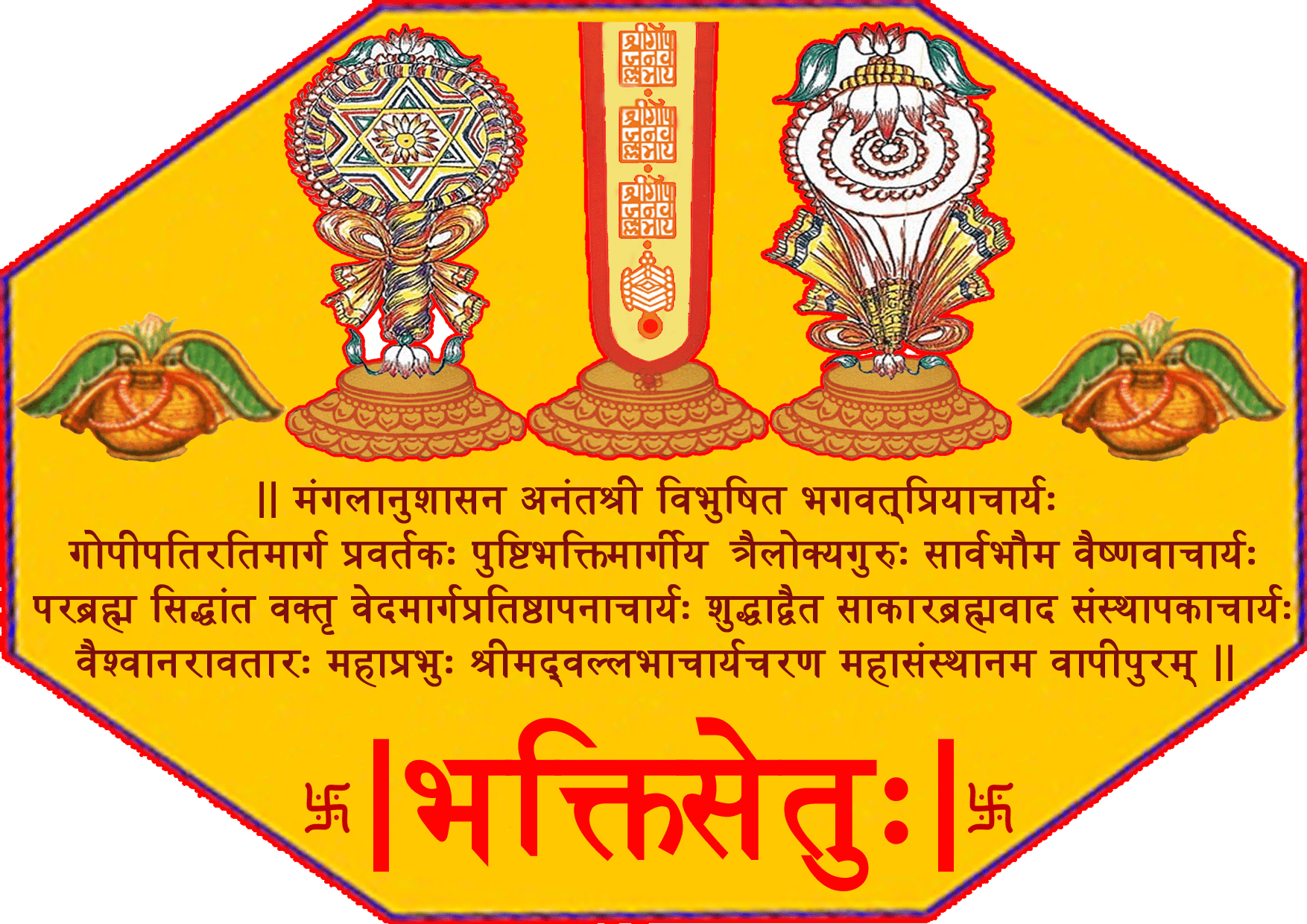Makar Sankranti parv is celebrated across India usually in mid-January. In Jyotish Shastra or Astrology, it’s called a Sankranti when the Sun moves from one Rashi to another Rashi.
A year of 12 Rashis has 12 Sankranti/Sankramana. People celebrate Makar Sankranti the moment Surya exits Dhanu Rashi to enter Makar Rashi. Surya enters Uttarayan after shifting from Dakshinayan, which is considered to be extremely auspicious. Bheeshma of Mahabharata took his last breath after waiting to get Uttarayan. The days started to extend gradually from that day, which is Vasant, the middle of Spring arrival.
Bhogi Sankranti
Bhogi Sankranti Utsav is observed one day before the Makar Sankranti. On the same day, Shreeji gets Abhyang Snan, which was decked up with white Thada Vastra, Waghaa Gherdaar, Saadi Chandrika, Paag Red Cheet Chajjedar, Red Cheet Ke Vastra, 4 Karn Phool, Diamond and Pearl Ornaments. The Bhog offering includes cheela and tilva bhog ,
Kirtan Bhogi Utsav
“Bhogi Bhogi karat sab rasko Nandnandan Jasodaa ko jivan gopin praan pati sarbasko. Til bhar sang Tajat nahi nijjan, gaan karat manmohan jasko Til til bhog karat manbhaamate paramanand sukh ke yeh rasko”
This Kirtan above reflects the pure essence of Pusti Bhakti. It’s Lord Krishna’s play world who has created all the living beings on this planet to entertain himself. The living beings are a part or Ansh of Thakurji and were created from him. Thakurji does Ras, i.e., Divine love, an act or Lila, with his Bhakts as it is specified in the Upanishads, i.e., scriptures that Sri Krishna is Rasroop ( Divine and nectar love). A Bhakt (one who gives pure happiness) converts into a “Bhokta” (one who receives divine happiness) when they fully immerse in Krishna Bhakti by performing kirtan, katha, and seva. This bhakt’s state of mind is Pushtibhakti’s peak of secret.
Uttarayana Bhavna or Makar Sankranti parv in Pushtimarg
Uttarayana Bhavna or Makar Sankranti parv signals the initiation of spring, which people enjoy by flying kites. The sun is at its brightest on this day. It is believed that on makar sankranti the bestows nectar (Amrut)at noon time ,that why we fly kites on makar sankranti to obtain this nectar from Suryanarayan .It is an extremely auspicious day to delve into spiritual development by performing prayers, Daan and Jap.
On Makar Sankranti, Samagri is made of Til, i.e., sesame seeds, and a samagri, known as “Khichda” , which are offered to god. Khichda is made of seven types of cereals and pulses, . On Makar Sankranti, Namkeen Kheechda and Meetha are offered to Shree Thakorji
Makar Sankranti Pad
“Maat Jasoda Parav manave,
Bhogi ke din til laduva ke laadile Baalako ju jimaave
Godh bethaye nihaarat sut nana vidh ke Daan dilvaave,
Kumbhandaas Prabhu Govardhandhar nirkh sab hee sukh pave .
Shriji Shringar on Makar Sankranti
Gende (balls) are placed in front of Thakurji. Gende and patang (kites) ke kirtan are sung throughout the day. Tilva ka Laddoo is given as Utsav Bhog in Gwalbhog or rajbhog. Sukhe Mewe ke Kheech is offered on the day of Makar Sankranti in Shayan Bhog.
Why is Sesame Seeds or Til Ladoo Samagri Offered to Shreenathji?
Til samagri contains gur and til. The gur is perfectly blended with til so no space is left between them. Similarly, a Bhakt is deeply connected to Shri Thakurji and thus, they have no space in between them for anything else. Til laddoo signifies their strong bond of togetherness. As devotees deeply connect to Thakurji, they can strengthen their bond.
